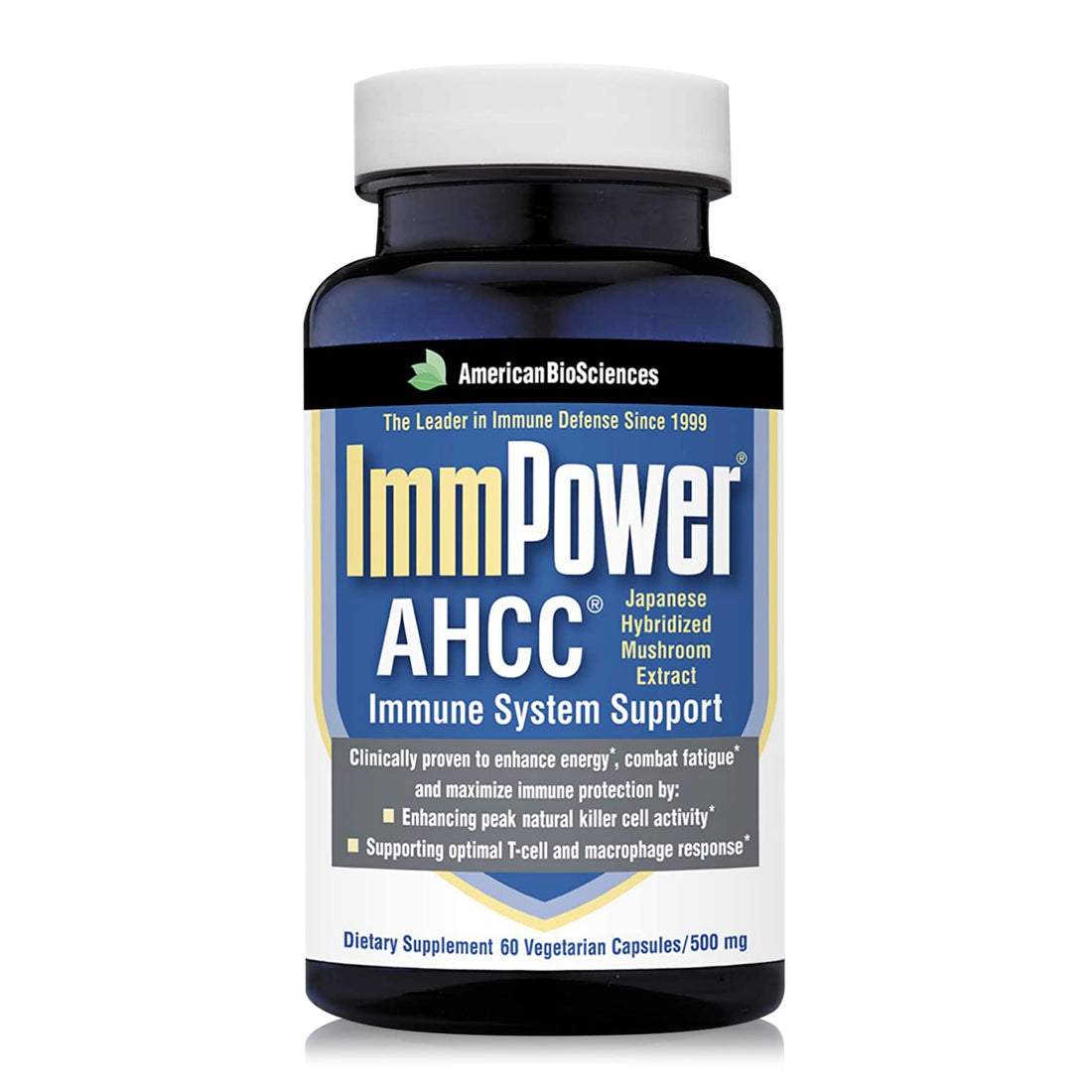Ayurvedic medicine, also known as Ayurveda or Traditional Indian Medicine (TIM), was developed in Southeast Asia thousands of years ago. It is even older than Traditional Chinese Medicine (TCM), and is still in use today. Ayurvedic medicine uses a holistic, whole body approach and incorporates diet, herbs, exercise, and mental wellness, among other things. The complexity and nuances of Ayurvedic medicine cannot be outlined in a single blog, but we can give a brief overview of some of the most important aspects, and the easiest to incorporate into modern American life.
Five Elements
Everything in the world, according to the Ayurveda, is made up of five elements. They are the building blocks of the universe. It is thought that if one truly understands the nuances of the five elements, you will unlock the secrets of the universe. The five elements are: ether, air, fire, water, and earth.
Doshas
There are three doshas, or tri-dosha, in Ayurvedic medicine; vata, pitta, and kapha. The doshas have some similarities to the ancient Greek system of the four humors in that they are thought to compose the energies, or substances, that make up any one person’s internal composition. It is important to retain balance in life, especially in regards to the doshas, and practicing various tenets of Ayurvedic medicine can help one regain stasis. It is believed that every single person is unique because no two people can have the exact same combination of doshas within, and thus we all have our own needs in regards to our health.
Aspects of Ayurvedic Medicine
Yoga
Yoga is a form of both exercise and meditation, both of which are important to the practice of Ayurvedic medicine. There are many different types of yoga, but integrative yoga is the most beneficial as it follows the idea of the integrated approach Ayurvedic medicine takes towards health. Yoga as exercise alone is lacking; traditionally, yoga has eight limbs, of which posing and breathing are only two parts of. Raja yoga incorporates the eight limbs. Hatha yoga, which came later, is more commonly practiced today but does not fully explore the eight limbs that raja, or royal, yoga does. However, any type of yoga--when done properly--can be beneficial to mind, body, and spirit.
Diet
Ayurvedic cooking is heavy on spices, whole foods, and cooked foods. Interestingly, although raw produce can have more nutrients than cooked produce, cooked foods are preferred. The reasoning is that cooked foods are easier to digest than raw ones, thus leaving your digestive system more balanced. Similarly, room temperature or tepid water is preferable to drinking ice cold water when practicing an Ayurvedic diet.
Hygiene
Tongue scraping is not new, despite all the wonderfully hi-tech scraped gadgets that have surfaced in the past few decades. Ayurvedic medicine promoted tongue scraping as a way to clean the mouth of harmful bacteria. It also espouses that a coated tongue, and taste buds, are not as sensitive to taste, leading one to over-salt, sweeten, and spice food. This overindulgence in eating and flavor can lead to harmful, unbalanced weight gain. You have Ayurvedic medicine to thank every time you use your stainless steel, poly grip tongue scraper!
If you are interested in learning more about Ayurvedic medicine, we recommend doing research at your local library and/or online. Here are a few resources to get you started:
National Center for Complementary and Integrative Health
FDA
Ministry of AYUSH










